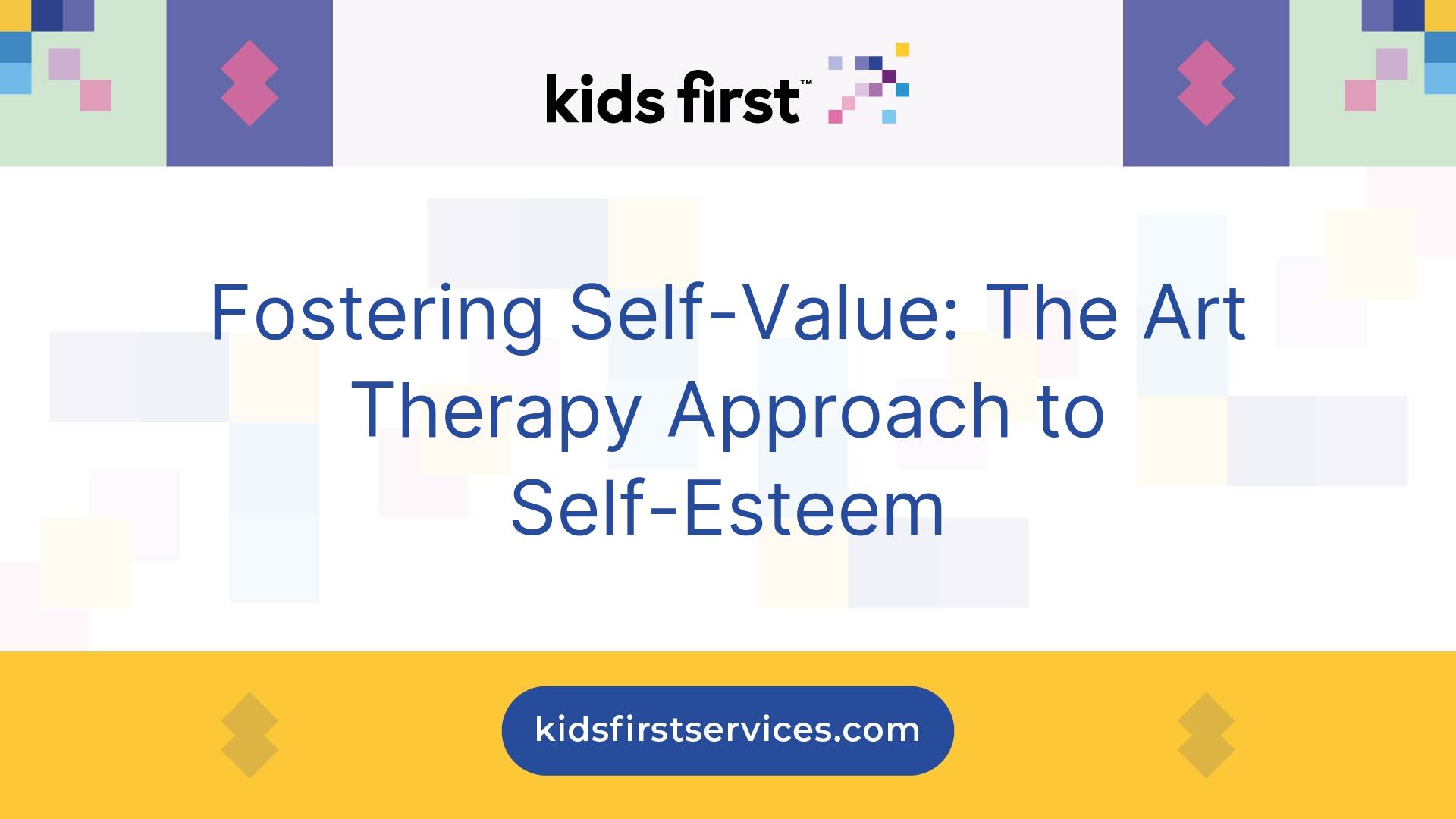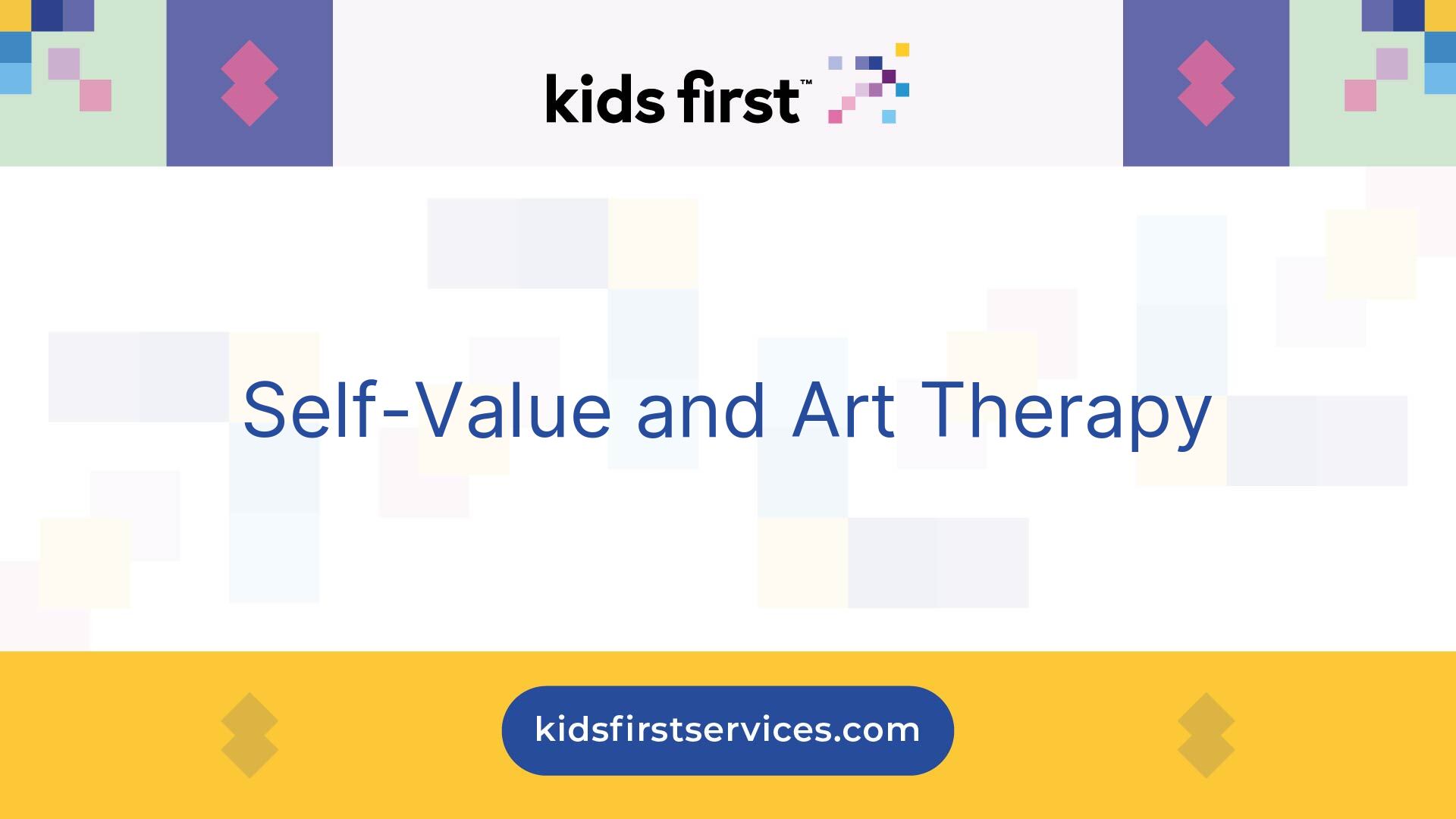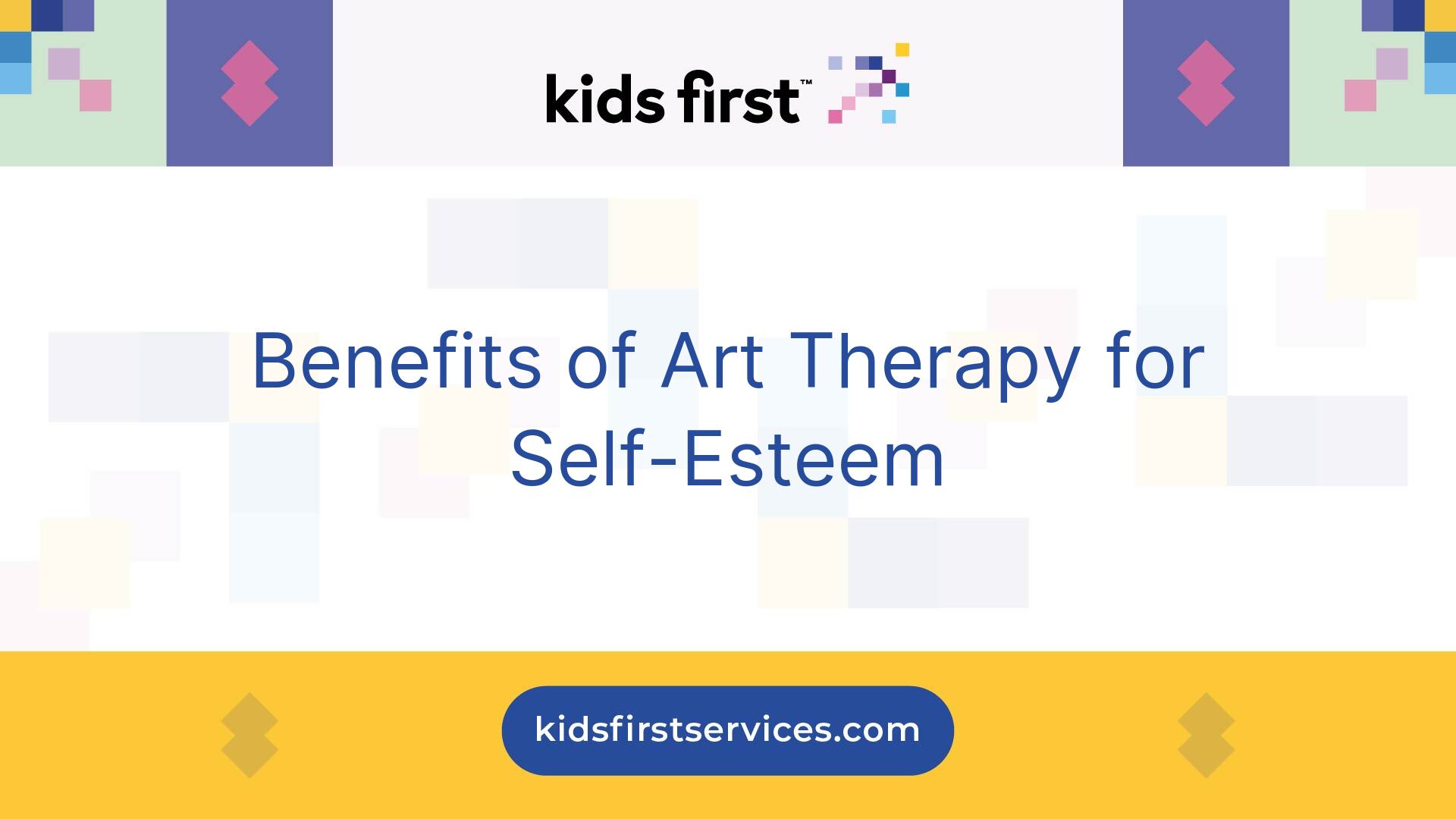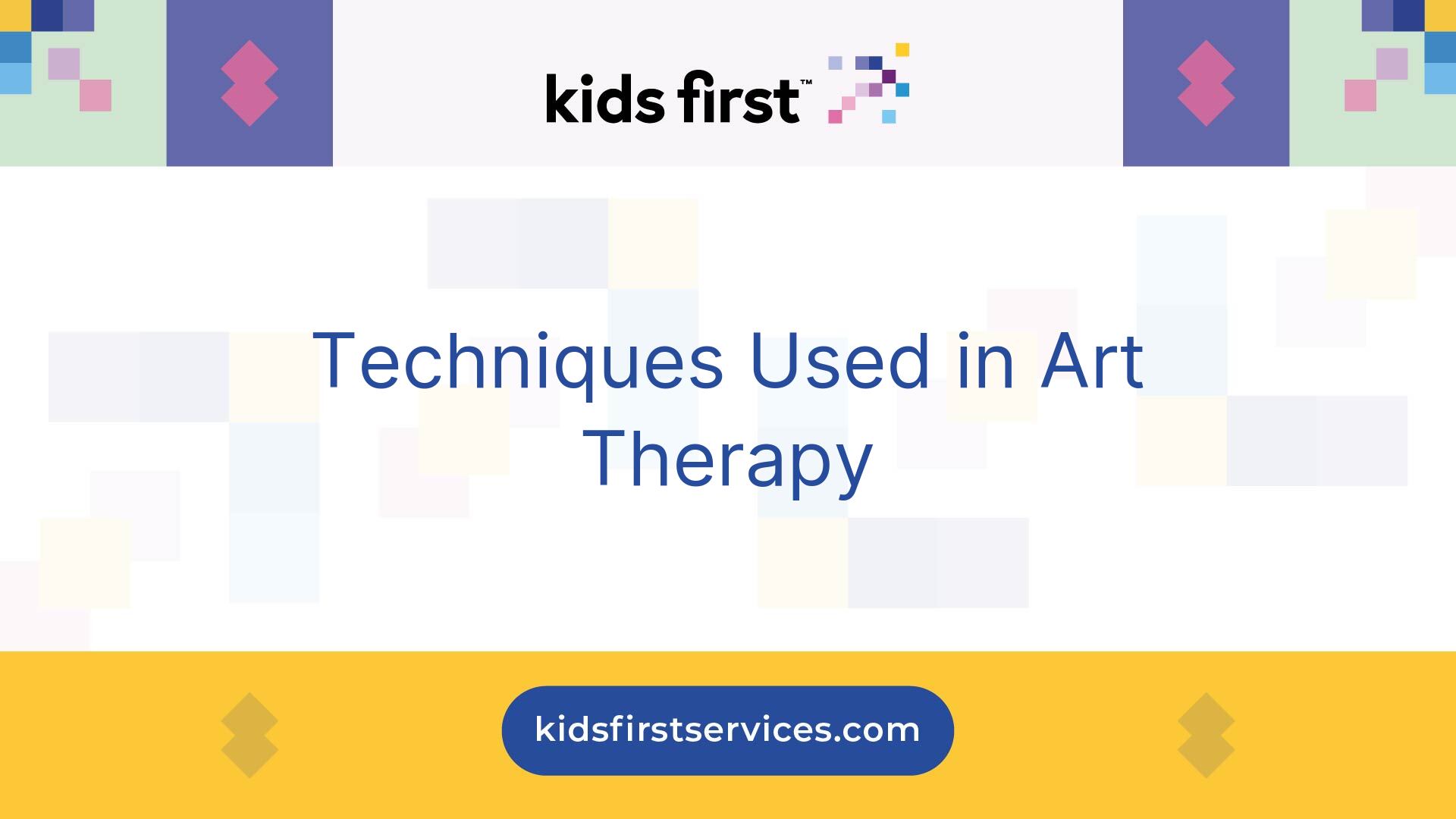
Fostering Self-Value: The Art Therapy Approach to Self-Esteem
Discover using art therapy to improve self-esteem through creative expression and self-awareness techniques.

Self-Value and Art Therapy
Understanding the Concept of Self-Value
Self-value refers to the perception that individuals hold about their worth and significance. It encompasses how one sees oneself in relation to others and the world. A positive sense of self-value is essential for establishing healthy relationships, coping with challenges, and pursuing personal goals. Various factors can influence self-value, including upbringing, experiences, and social interactions.
Self-value can be broken down into several components, including:
ComponentDescriptionSelf-AwarenessUnderstanding one's own thoughts, feelings, and behaviors.Self-AcceptanceEmbracing one's unique qualities and imperfections.Self-ConfidenceTrusting in one's abilities and judgment.Self-CompassionTreating oneself with kindness and understanding.
The Role of Art Therapy in Self-Esteem Improvement
Art therapy serves as an effective method for enhancing self-esteem by allowing individuals to express themselves creatively and explore their emotions. Through this therapeutic approach, individuals can uncover underlying issues related to self-value while engaging in an enjoyable process.
Art therapy provides numerous benefits for improving self-esteem:
BenefitDescriptionEmotional ExpressionFacilitates the release and exploration of repressed feelings.Self-ExplorationEncourages individuals to examine their thoughts and beliefs.Skill DevelopmentPromotes the development of artistic skills, boosting confidence.Positive FeedbackOffers opportunities for receiving constructive feedback from therapists and peers.
Using art therapy to improve self-esteem allows individuals to engage in a safe environment where they can reflect on their self-value. The creative process helps diminish negative self-talk and replaces it with a sense of accomplishment as one creates various forms of art. As a result, individuals often leave therapy sessions with a healthier perspective on their self-worth and enhanced self-esteem.

Benefits of Art Therapy for Self-Esteem
Art therapy offers numerous advantages for improving self-esteem, particularly through fostering emotional expression, self-awareness, and problem-solving abilities.
Emotional Expression and Processing
One of the primary benefits of art therapy is its ability to facilitate emotional expression. Creating art allows individuals to convey feelings that may be difficult to verbalize. Through various artistic mediums, they can explore and process their emotions in a safe space.
Art MediumEmotional BenefitsDrawingEnables expression of feelings through imageryPaintingProvides an outlet for mood fluctuationsSculptureEncourages tactile engagement and exploration of emotions
Building Self-Awareness and Confidence
Art therapy helps individuals to cultivate self-awareness and build confidence. Engaging in creative activities can lead to deeper insights about personal strengths, preferences, and areas for growth. This increased self-awareness fosters a sense of identity and purpose.
ActivitySelf-Awareness BenefitsSelf-PortraitAids in recognizing personal attributes and emotionsReflective JournalingEncourages introspection and self-reflectionGroup Art ProjectsPromotes social skills and collaborative learning
Enhancing Problem-Solving Skills
Creative expression in art therapy also enhances problem-solving skills. Individuals learn to approach challenges with open-mindedness and innovation. The process of creating art encourages exploration of different solutions and encourages resilience.
AspectProblem-Solving BenefitsExperimentationFosters flexibility in thought processesVisual RepresentationAllows for the visualization of problems and solutionsCritical ThinkingPromotes the evaluation of artistic choices and outcomes
Through these benefits, individuals can use art therapy as a powerful tool to improve self-esteem, navigate their emotions, and build a positive self-image.

Techniques Used in Art Therapy
Art therapy employs various techniques to facilitate self-expression and improve self-esteem. Among these techniques, visual journaling, mandala creation, and collage art stand out as effective methods for enhancing self-value.
Visual Journaling
Visual journaling combines writing and art to help individuals express their thoughts and emotions. This technique allows participants to document their feelings through images, drawings, and written words. This method fosters creativity and reflection, leading to greater self-awareness.
ComponentDescriptionMediumsPaint, markers, colored pencils, or digital toolsBenefitsEnhances emotional expression, encourages self-reflection
Mandala Creation
Mandalas are circular designs that have been used for centuries to promote mindfulness and relaxation. In art therapy, creating mandalas allows individuals to engage in a meditative process. This technique can help them focus on inner peace and self-discovery while providing a sense of accomplishment as they complete their designs.
ComponentDescriptionMediumsPencils, crayons, paint, or digital toolsBenefitsReduces stress, promotes concentration, enhances creativity
Collage Art
Collage art involves assembling various materials, such as photographs, magazine clippings, and textured papers, to create a cohesive piece. This technique encourages individuals to explore their interests and identities by choosing images that resonate with them. Collage art can be a powerful means of visual storytelling and self-representation.
ComponentDescriptionMediumsMagazines, newspapers, scissors, glue, and paperBenefitsPromotes self-exploration, enhances decision-making skills
These techniques serve as pathways for individuals to express themselves creatively while enhancing their self-esteem. By engaging in these artistic methods, individuals can cultivate a deeper understanding of their emotions and build a more positive self-image.

Implementing Art Therapy for Self-Value
Implementing art therapy effectively requires careful consideration of both the therapist's qualifications and the environment in which therapy takes place.
Finding a Qualified Art Therapist
Choosing the right art therapist is essential for successful outcomes in enhancing self-esteem. A qualified professional typically possesses specific credentials and experience in both art therapy and child development. When searching for an art therapist, individuals can look for the following qualifications:
QualificationDescriptionEducationA master's degree in art therapy or a related field.CertificationCredentials from a recognized art therapy association.ExperiencePractical experience working with clients with self-esteem issues.SpecializationBackground in child psychology for those working with younger populations.
It's advisable to review potential therapists' backgrounds and areas of expertise. This helps to ensure a good match for individual needs.
Creating a Safe and Supportive Environment
The effectiveness of art therapy greatly relies on the environment in which it takes place. A safe and supportive setting encourages open expression and engagement. Key elements to consider when creating such an environment include:
ElementImportanceComfortA cozy and relaxed space helps to reduce anxiety.PrivacyEnsures confidentiality and a sense of security.SuppliesAvailability of diverse art materials fosters creativity.Non-judgmental SpacePromotes freedom of expression without fear of criticism.
By emphasizing these elements, a supportive atmosphere can be established, allowing individuals to freely express themselves and ultimately improving their self-esteem through the therapeutic art process.
Empowering Self-Value Through Art
Art therapy plays a significant role in empowering self-value. The process not only helps individuals express themselves but also fosters a sense of individuality and long-term confidence.
Celebrating Individuality and Creativity
One of the key aspects of using art therapy to enhance self-esteem is the celebration of individuality and creativity. Art allows individuals to explore their unique thoughts and feelings. Through various artistic expressions, they can convey who they are and what they value.
Creating art encourages individuals to embrace their inner selves. This can lead to a better understanding of personal interests and preferences. The non-judgmental nature of art therapy promotes freedom of expression, which is essential for developing a positive self-image.
Aspect of Art TherapyBenefitsIndividual ExpressionEncourages personal explorationCreativityOffers a platform for unique ideasNon-judgmental EnvironmentFosters safe self-exploration
Long-Term Impact on Self-Esteem
The effects of art therapy on self-esteem can lead to lasting change. As individuals engage in artistic activities, they often experience a boost in confidence. Over time, this can help reshape their self-perception.
The skills gained through art therapy—such as decision-making, resilience, and problem-solving—contribute to improved self-worth. Continued participation in art therapy can create a sense of accomplishment and mastery, further reinforcing a positive self-image.
TimeframeImpact on Self-EsteemShort-Term (1-3 sessions)Increased self-expression and confidenceMedium-Term (4-8 sessions)Development of new skills and self-awarenessLong-Term (9+ sessions)Sustained improvement in self-esteem and resilience
Through art therapy, individuals can cultivate a strong sense of self-value. The combination of celebrating creativity and fostering lasting self-esteem creates a powerful tool for personal growth and empowerment.




